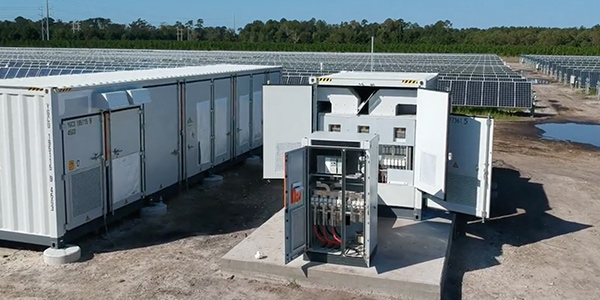FERC on Thursday approved a CAISO plan meant to allow co-located resources, such as solar arrays with battery storage, to connect to the grid more quickly and seamlessly in the coming months (ER20-2890).
CAISO had asked FERC to speed approval of the measure to head off projected resource shortfalls next summer like those that plagued California in August and September, when the state ran short of electricity during Western heat waves as solar and wind dropped offline at night.
California had insufficient storage of renewable resources to cover the shortfalls, but CAISO has about 20 GW of storage in its interconnection queue and wants to bring part of it online before the next hot spell.
“The proposed Tariff revisions are initial steps toward developing more robust rules and models to integrate co-located resources and hybrid resources and optimize their performance,” FERC said in its decision.
The co-located resource proposal is part of CAISO’s hybrid resources stakeholder initiative, which includes a second phase dealing with hybrid resources. The ISO’s Board of Governors adopted the second phase Thursday. (See related story, CAISO Governors Honor Olsen.)
The co-located plan governs generation and storage resources that share a single point of interconnection but have separate IDs, allowing CAISO to dispatch the resources individually. The rule changes take effect in December.
The second-phase proposal would dispatch solar or wind plus storage as a single unit. It is scheduled for implementation in October 2021. CAISO management decided to implement the co-located plan first because it involves relatively familiar procedures. The ISO said the hybrid resources plan is more complex and requires additional time for planning. (See CAISO Adopts Co-located Resources Plan.)
Among the changes FERC approved Thursday are market rules to ensure resources that share the same interconnection point do not exceed its limits. The Tariff changes also require wind and solar resources paired with storage to provide CAISO with data that allow for better generation forecasting based on weather.



